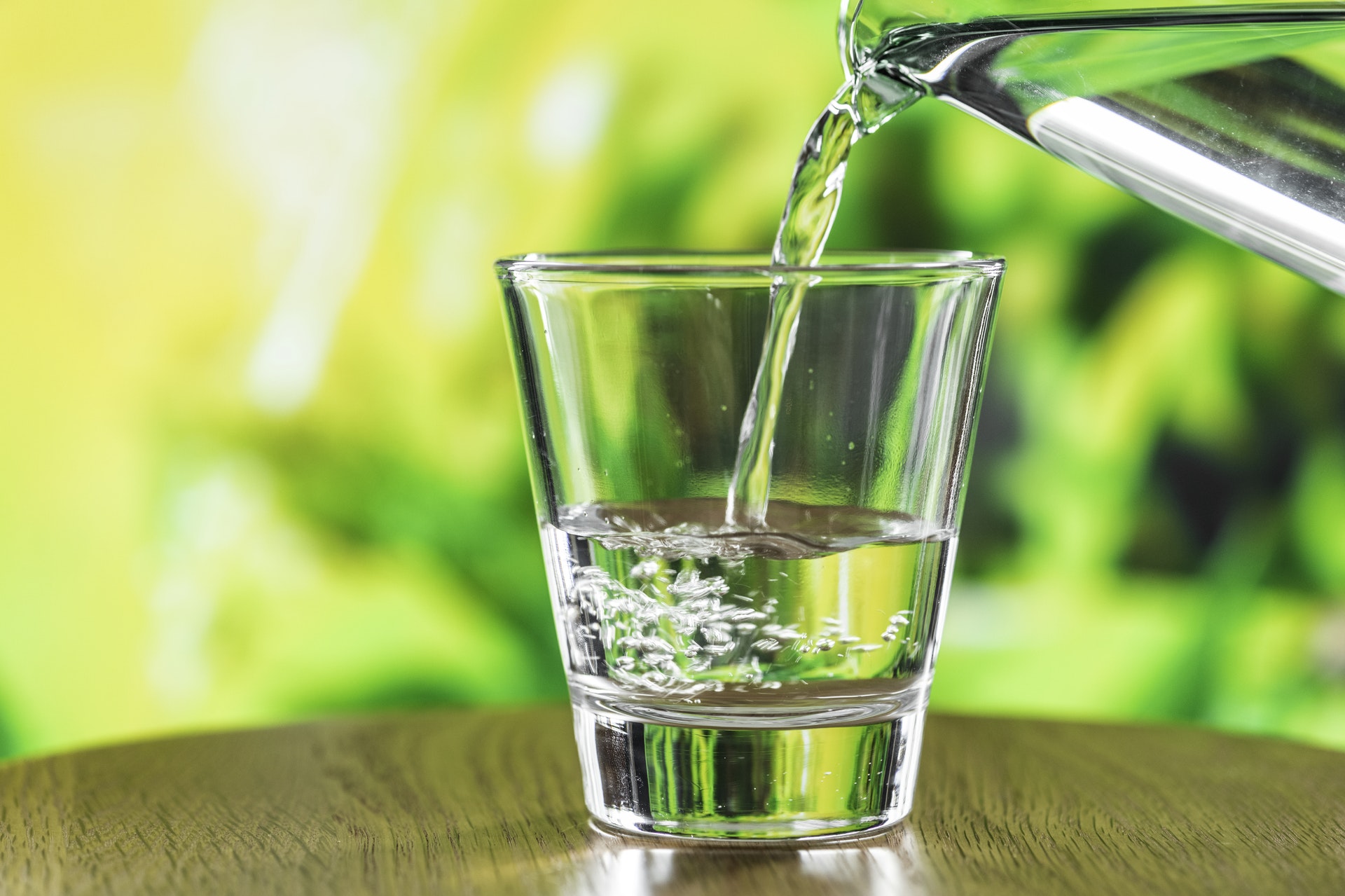
Culinary Water
Protecting Your Drinking Water
By John Schiess, P.E., City Utility Engineer
Pleasant Grove obtains its culinary water supply from high quality wells and springs. These sources are fed from snow-melt and rainwater infiltration into the ground up-gradient from the source. The ground acts as a filter to natural surface contaminants in the management area contributing to the wells. Water quality tests have shown this water to be of high quality, not requiring treatment other than chlorination of the springs before usage. Ground water is susceptible to contamination from accidental or intentional contamination at the ground surface. Therefore, the City has developed a Drinking Water Source Protection Plan for its water sources to protect these sources from contamination. As part of the City’s drinking water source protection program, the City will periodically include information about protecting the ground water in its monthly mailings. Pleasant Grove City is dedicated to provide safe, clean, and reliable drinking water to its users and requests the public’s health in protecting their water supplies.
The Drinking Water Source Protection Plan for Pleasant Grove City is available for your review. It contains information about source protection zones, potential contamination sources, and management strategies to protect our drinking water. Potential contamination sources common in our protection area are residential, municipal, and educational landscaping chemicals, commercial fuel, oil, paint, resins, and other chemicals. Additionally, our wells have a medium susceptibility to potential contamination. We have also developed management strategies to further protect our sources from contamination. Please contact us at 785-5045 of you have any questions or concerns about our source protection plan.
What is Household Hazardous Waste?
By Utah Dept. of Environmental Quality
Many hazardous products and chemicals such as cleaners, oils, and pesticides are used in the home every day. When discarded, these products are called household hazardous waste (HHW). HHWs are discarded materials and products that are ignitable, corrosive, reactive, toxic, or otherwise listed as hazardous by the EPA. Products used and disposed of by a typical residence may contain more than 100 hazardous substances including batteries, cleaners, cosmetics, fluorescent light bulbs, glues, heating oil, insecticides and pesticides, ink, medicines, motor oil and automotive supplies, paints, thinners, stains and varnishes, polishes, swimming pool chemicals, smoke detectors, thermometers, and fuel.
The U.S. Environmental Protection Agency estimates the average American household generates 20 pounds of HHW each year. As much as 100 pounds of HHW can accumulate in the home and remain there until the resident moves or undertakes a thorough “spring cleaning.” Since the chemicals found in the HHW can cause soil and groundwater contamination, generate hazardous emissions at landfills, and disrupt water treatment; facilities are currently required to screen for HHW to avoid cooperating under restrictive hazardous waste laws. Furthermore, many communities may be required to establish a HHW collection program in order to qualify for permits to manage storm water.
The best way to handle household hazardous materials is to completely use the product before disposing of the container. If this is not possible, then the next alternative is to return unused portions to your community household hazardous waste clean-up day. Keep products in their original package with all labels intact. If the container is leaking, place it in a thick plastic bag. Pack the products in a plastic-lined cardboard box to prevent leaks and breakage. Household waste clean-up days are for household wastes only. No industrial or commercial wastes and no containers larger than five gallons are accepted. Explosives, radioactive material, and medical wastes are also unacceptable.
HHWs can be dangerous to people and pets who come in contact with them. HHWs can endanger water supplies, damage sewage treatment systems, and cause other environmental damage. Only use the products as directed. DO NOT: Flush HHWs down the toilet or pour them down the sink or storm drain or on the ground. Contact your local health department or the Division of Solid and Hazardous Waste to determine whether your community has a household hazardous waste collection program.
Identify HHWs to reduce the amount of potentially hazardous products in your home and eliminate what you throw away by following these easy steps:
- Before you buy, read the labels and be aware of what they mean. Also, look for these words on labels; they tell you what products my need special handling or disposal – “Caution, combustible, corrosive, danger, explosive, flammable, poison, toxic, volatile, and warning.” Select a product best suited for the job and buy only what you can use entirely.
- After you buy, read label precautions and follow directions for safer use, recycle/dispose of empty containers properly, share what you can’t use with friends or neighbors, store properly, use recommended amounts (more is not necessarily better), and use the child-resistant closures and keep them on tightly.
For more information, please call Division of Solids and Hazardous Waste at 801-538-6170, Division of Drinking Water Source Protection Program at 801-536-4200, Environmental Hotline at 1-800-458-0145, or Sonja Wallace, Pollution Prevention Coordinator at 801-536-4477.
